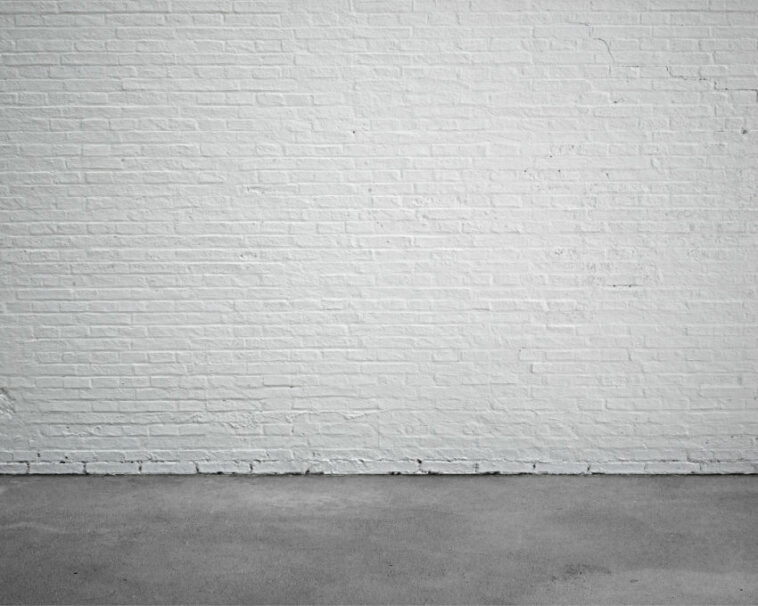This Post may contain Affiliate Links. Please read our Disclosure for legal jargon.
So, we all know the significance of having proper walls in your space. They provide security, and privacy, soundproof the house and support the building’s load. But do you know all the types of walls that exist?
There are many types of walls, whether interior or exterior. Besides the essential functions mentioned above, each type of wall also serves specific functions. You have a lot to choose from based on all these different specifications. Knowing all the different styles will enable you to select the best wall for your place.
In this article, let’s discuss the different types of walls and their features that you must know!
Outline
21 Different Types of Walls
1. Load Bearing Wall
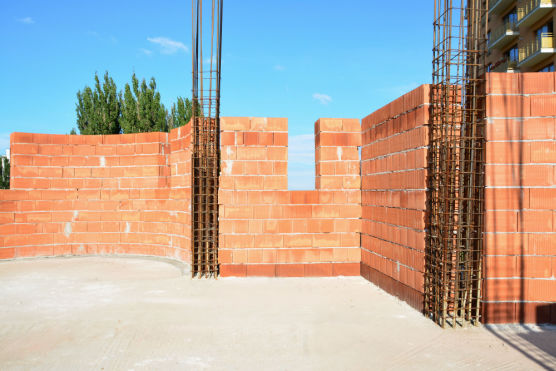
Primarily known as the structural element of any building, load-bearing walls help support the roof or the floor. These walls often transfer the weight from these areas to the foundation below. As the name suggests, these walls carry the entire weight of the house, from the roof to the foundation.
Lighter constructions often use these types of walls and are also mostly the first walls built in any structure. They can be either interior or exterior walls, based on your choice. Load-bearing walls offer vertical support, so you will not find anything above them that provides support.
2. Non-Load Bearing Wall
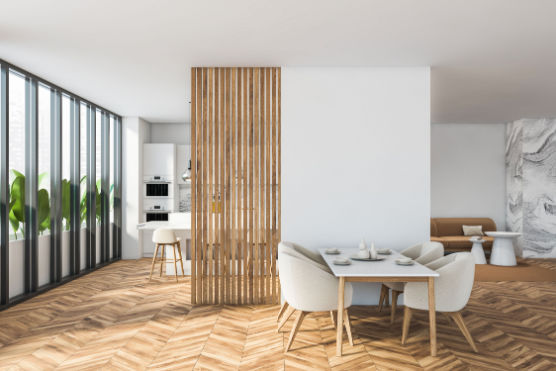
Non-load-bearing walls, on the other side, don’t support any weight other than their own. Mainly, constructors use these walls to separate two rooms or two to provide some privacy. So if you expect non-load-bearing walls to support the roof of the house, you are setting yourself up for failure.
Partition walls are a great example of non-load-bearing walls since their sole purpose is to divide the rooms. You can remove these interior walls easily if you want to open more space. Unlike the first type of walls we discussed, non-bearing walls don’t play any significant role in defining the house’s structure.
3. Cavity Walls

Common in the UK, cavity walls are described as two skins with space in between. Cavity walls are perfect for places where it constantly rains because they are good at protecting the interior of the walls from moisture.
If you are worried about the rain damaging your walls’ internal structure, cavity walls will work best for you. Cavity walls are cheaper than other wall types but are excellent fire resistant. They also provide outstanding sound and thermal insulation if that is something you want.
4. Retaining Wall
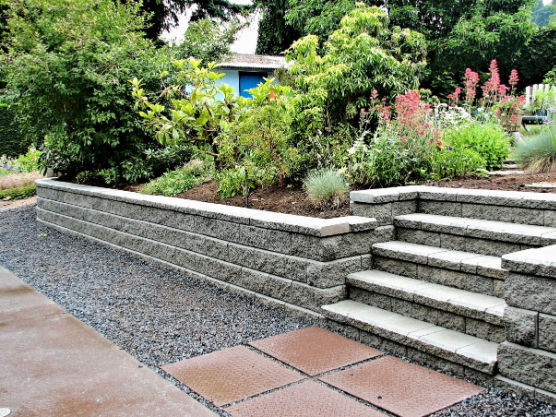
Builders use a retaining wall to keep soil on a slope from sliding. Generally, the wall is placed right at the end of the hill where you wish to stop the land. Retaining walls are great at fighting the horizontal pressure that comes from the soil behind them.
If you are worried about soil erosion, you will appreciate having retaining walls on your property. If you are constantly stressed about flooding and cannot reuse rainwater, retaining walls will also help you with that. An additional bonus is that retaining walls help shape all the slopes on your property.
5. Glass Partition Wall
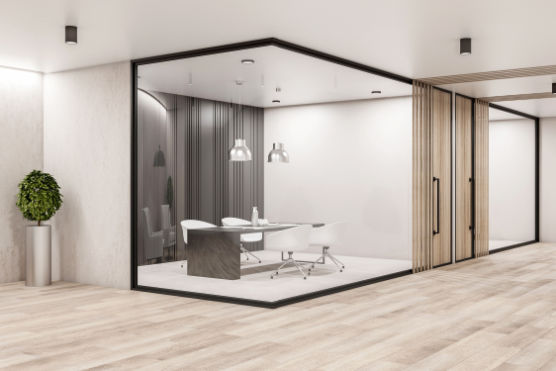
Another least expensive and thus popular wall type is the glass partition wall. Modern home designs often have glass walls as they instantly elevate the house interior. The partitions are simple glass panels that are used to divide the rooms.
Glass partition walls are favored because of their stunning looks and because they allow more natural light to come into your house. They also tend to make the space look bigger than it is and are cheaper than other wall types in the market.
6. Shear Wall
Another wall type that can enhance the structural integrity of your house is a shear wall. Builders mainly use shear walls to improve the strength and stability of the building. They are also popular because of how simple it is to build them at the site.
If you want lightweight walls that will make the building more stable, shear walls are what you need. Also, they are suitable for places where earthquakes are common. Since earthquakes often cause lateral sway in the building, build shear walls to prevent that.
7. Brick Masonry Wall
In the last few decades, brick Masonry walls have become super popular in construction. It’s simple to construct this wall – Place bricks systematically to create a structure that can handle pressure.
Bricks aren’t challenging to find in local markets, which makes these types of walls famous. It’s also because you don’t need an expert team to construct brick walls. If you don’t mind a bit less durability in exchange for faster construction speed, you can choose brick Masonry walls for your space.
8. Stone Masonry Walls
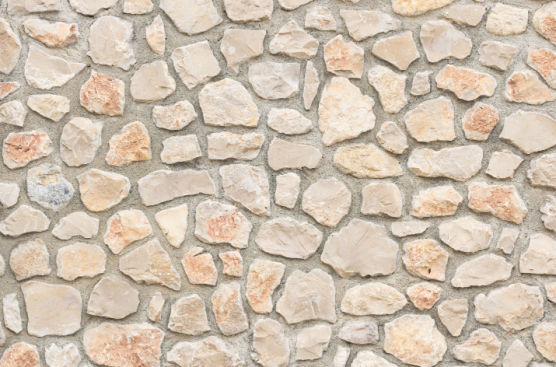
You can also build Masonry walls using stones, another popular type of wall available for consideration. Homeowners prefer these types of walls if they want weather-resistant walls.
Stone masonry walls are also known for their strength and durability. Stones also give you a better creative chance to enhance the look of the space where you construct these walls. You can choose different patterned or colored stones to build walls that suit your house’s interior.
9. Veneered Wall
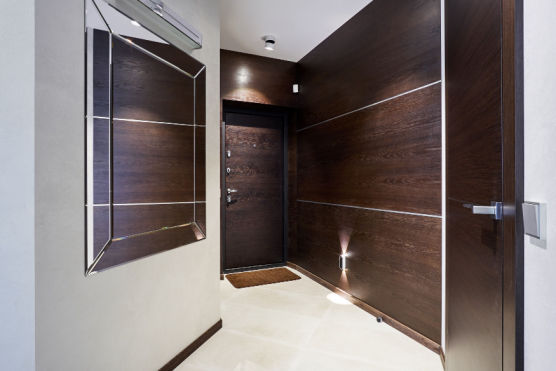
A veneered wall is an added exterior layer to the house walls, typically made from bricks, stones, or wood. These walls are usually only added for aesthetic purposes and don’t carry the structure’s weight.
Builders use veneer due to how lightweight it is and how simple it is to manipulate during construction projects. Veneered walls also cost less than natural brick walls and offer excellent insulation. You will also find it easier to install veneered walls.
10. Tiled Wall
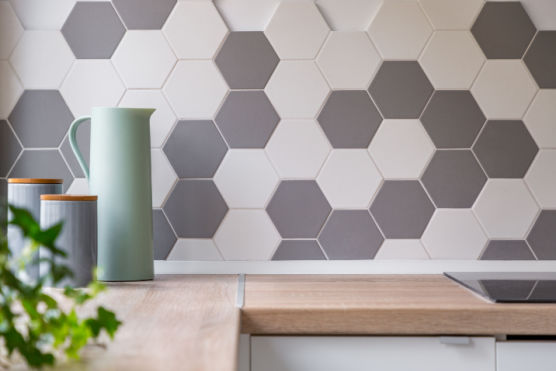
Tiled walls over the years have become almost essential no matter what construction you are doing. A tiled wall is one of the types of walls that most of us know, even if we aren’t house renovation experts.
Tiled walls are famous because they are relatively cheaper to install and come in numerous varieties. You don’t need to worry too much about installing or maintaining them for the next few years. Though tiles don’t last as long and tend to get dirty a lot, keep that in mind.
11. Decorative Plaster Wall
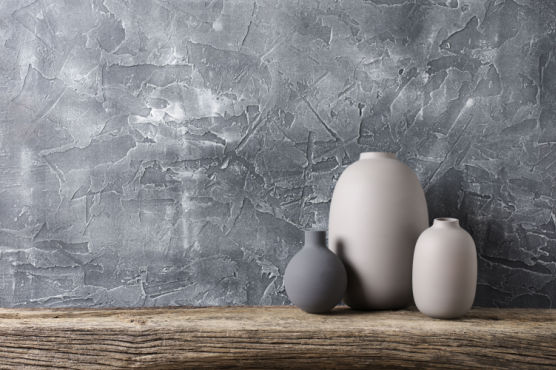
Decorative Plaster is not exactly a type of wall, but it’s used to sculpt decorative elements on any walls in the building. It’s a technique used for centuries to improve the look of any wall.
You won’t get any structural benefits from decorative Plaster, but it sure will improve how your walls look to guests. They give you a creative outlet to personalize the walls and make them suit personal tastes and requirements.
12. Painted Wall
Another technique that is not so new to any of us is wall painting. Wall painting not only improves the look of the walls but also keeps moisture away from them.
Paint is an added layer of protection to your house walls and adds value to the house. It’s another way to add personalized touches to the interior to impress guests.
13. Faced Wall
Faced walls have a facing and backing made from two different materials that bond together perfectly to work in coordination under load.
Often concrete is used between the two materials, and the front wall is simpler to build. Constructors who wish to ensure that the walls can withstand extreme load and pressure prefer faced walls.
14. Partial Height Walls
Partial Height Walls are for those who want some privacy and the space to be more open. Depending on requirements and location, they are usually 3-4 feet tall.
Partial walls still allow air and light to travel over the top and thus can act as dividers in many living spaces. They also are excellent for improving the overall layout and look of the room.
15. Full Height Walls
If you are a fan of complete privacy, then you are better off installing full-height walls. They are the opposite of partial heights and occupy space from the floor to the ceiling.
As you already know, full-height walls won’t allow any air or light to pass through. But they are great at soundproofing the house and adding a bit of barrier between rooms.
16. Precast Wall
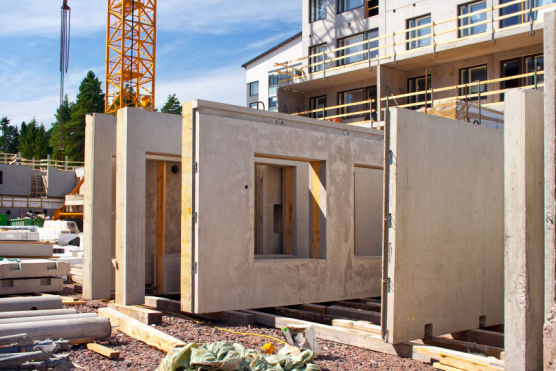
A newer invention in the construction world is precast walls, which are another super popular type of wall. As the name suggests, you just cast concrete into wall shaped mold.
Once the wall is solid, it is transported to the construction site and lifted into place. These walls save you the tedious task of installing walls brick by brick or stone by stone.
17. Parapet Wall
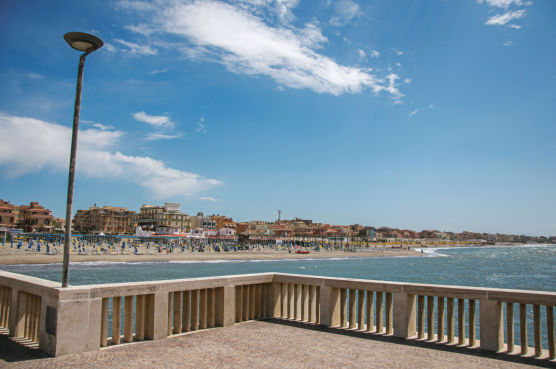
Parapet walls are used as guard rails and are an extension of the exterior wall. It can also act as a barrier built at the end of a roof, balcony, or terrace.
If you use your rooftop to store something, Constructors can build parapet walls to protect those. They can be used to stop the spread of fire or to reduce the impact of winds.
18. Core Wall
High-rise buildings or structures use core walls to fight against horizontal wind or earthquake pressure. It works somewhat like the sheer wall that we discussed earlier.
Often, you can build core walls using several shear walls. Core walls are also primarily used in lifts for protection against lateral load.
19. Boundary Wall
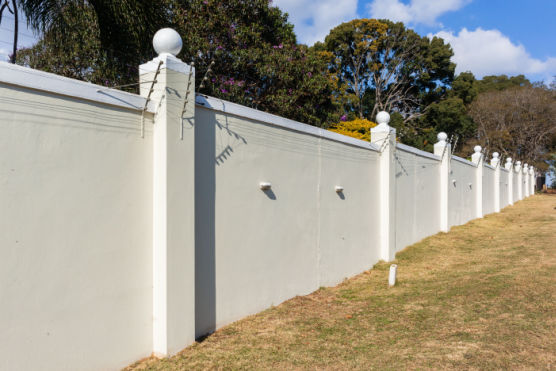
A boundary wall can be any fence, wall, or enclosure installed at the end of your property. As the name says, a boundary wall separates your property from the rest of the properties in the neighborhood.
Boundary wall provides you with more privacy and, more importantly, more security. It also helps landowners to know how big their property is.
20. Reinforced Brick Wall
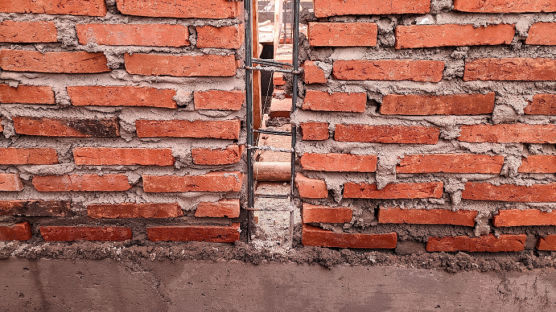
To resist compressive as well as tensile stresses. Brk walls are infused with different metals to make reinforced Brick walls.
Primarily, you can use steel bars to make bricks more resistant to tensile stresses. If you want to strengthen the brick walls, reinforcement is a great way to do it.
21. Curtain Walls
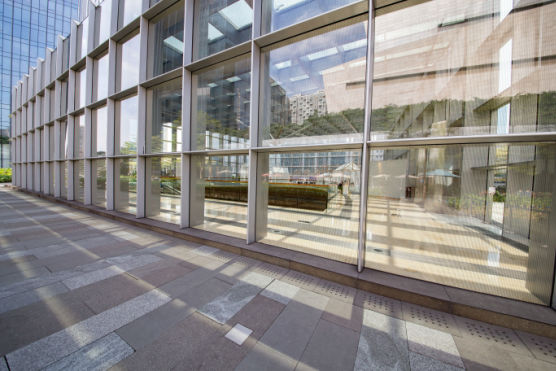
Curtain Walls are simple frames often made from glass attached to the buildings’ exterior. They don’t support the roof or the foundation but offer protection from harsh outside weather. Curtain Walls are made from lightweight materials, so they don’t cost too much.
In this article, we discussed 21 different types of walls that you should know. Hopefully, this will help you understand walls better and pick the correct types for your house in the future!

